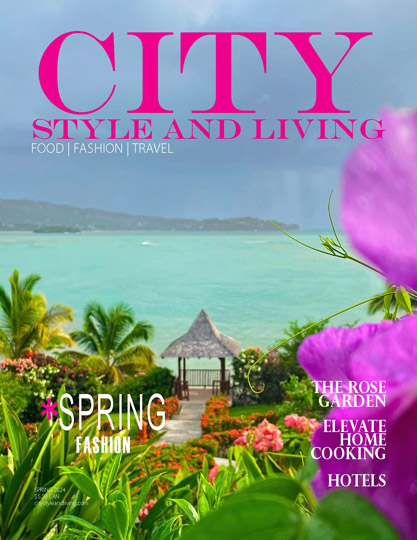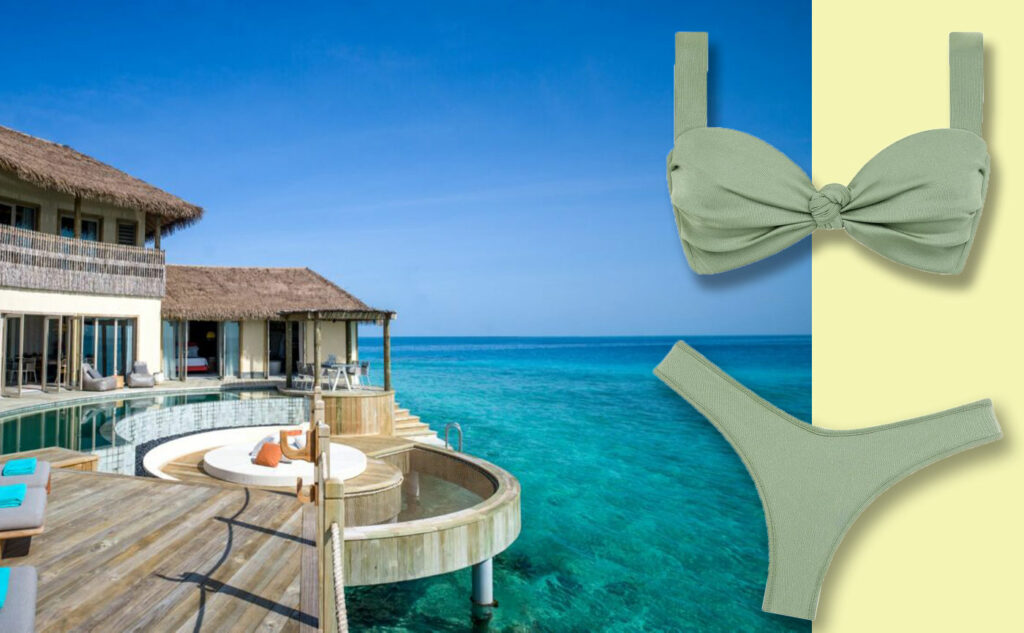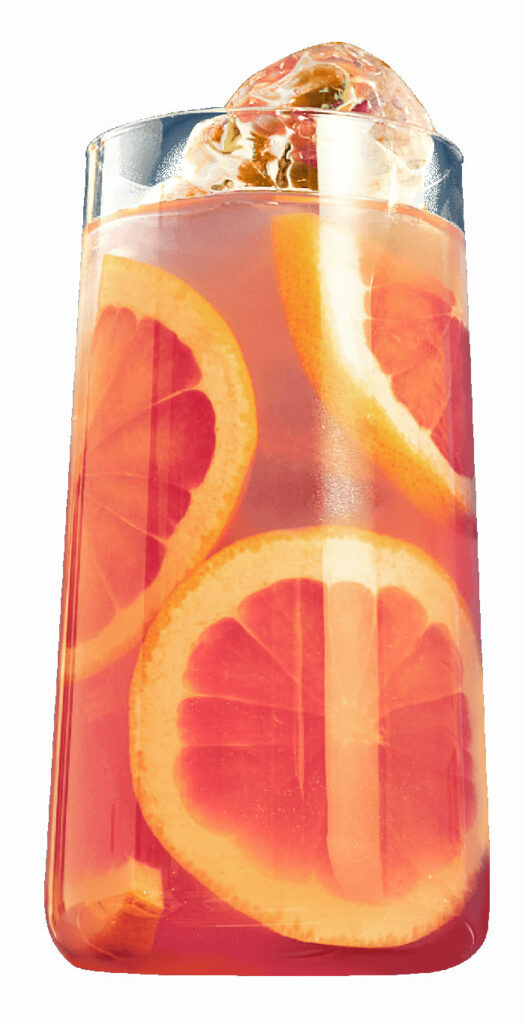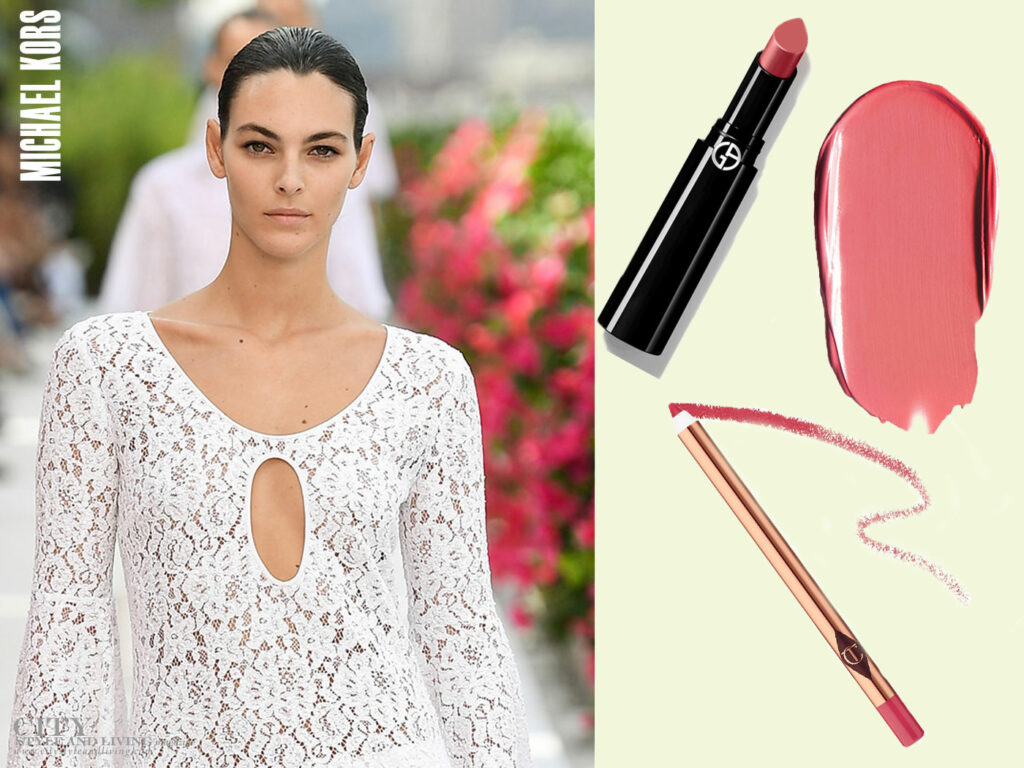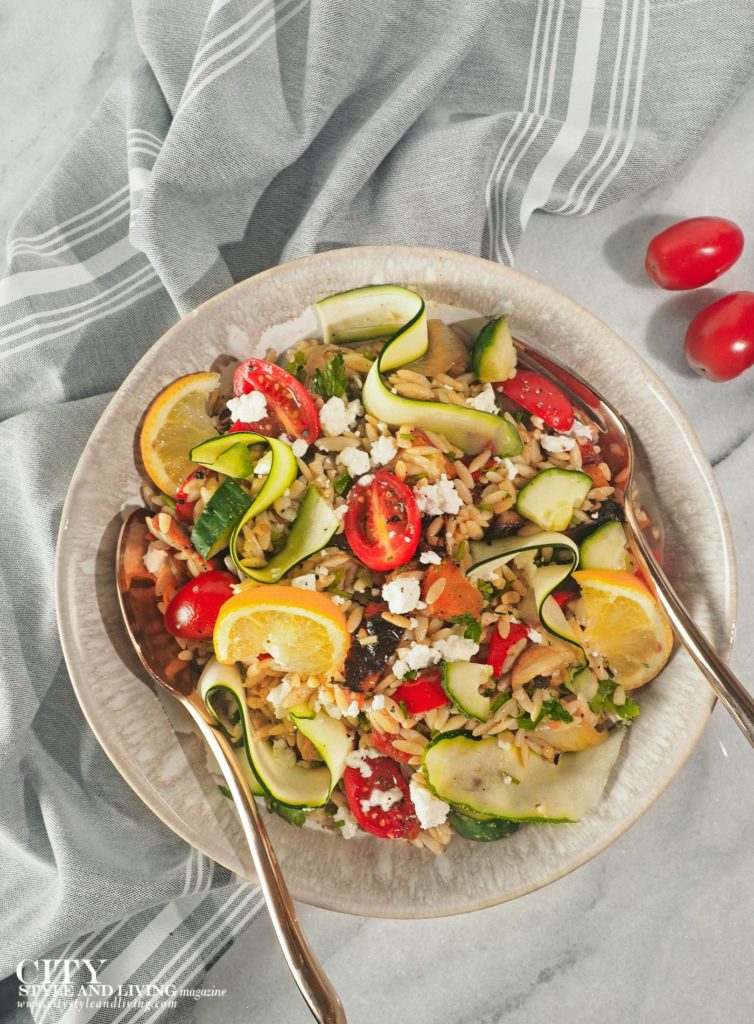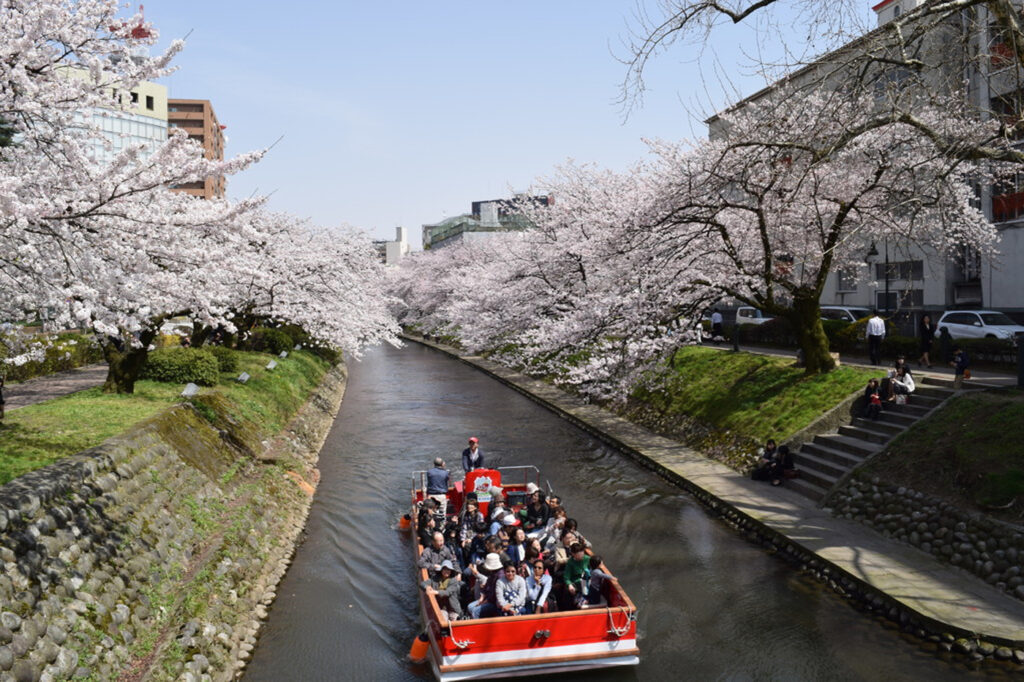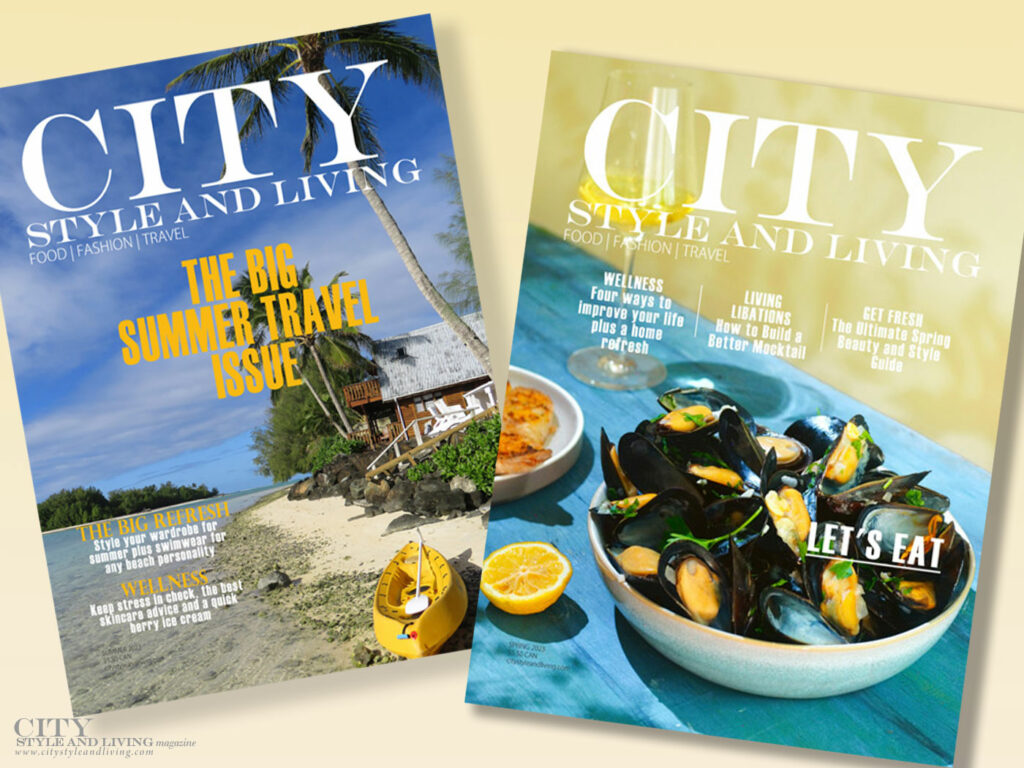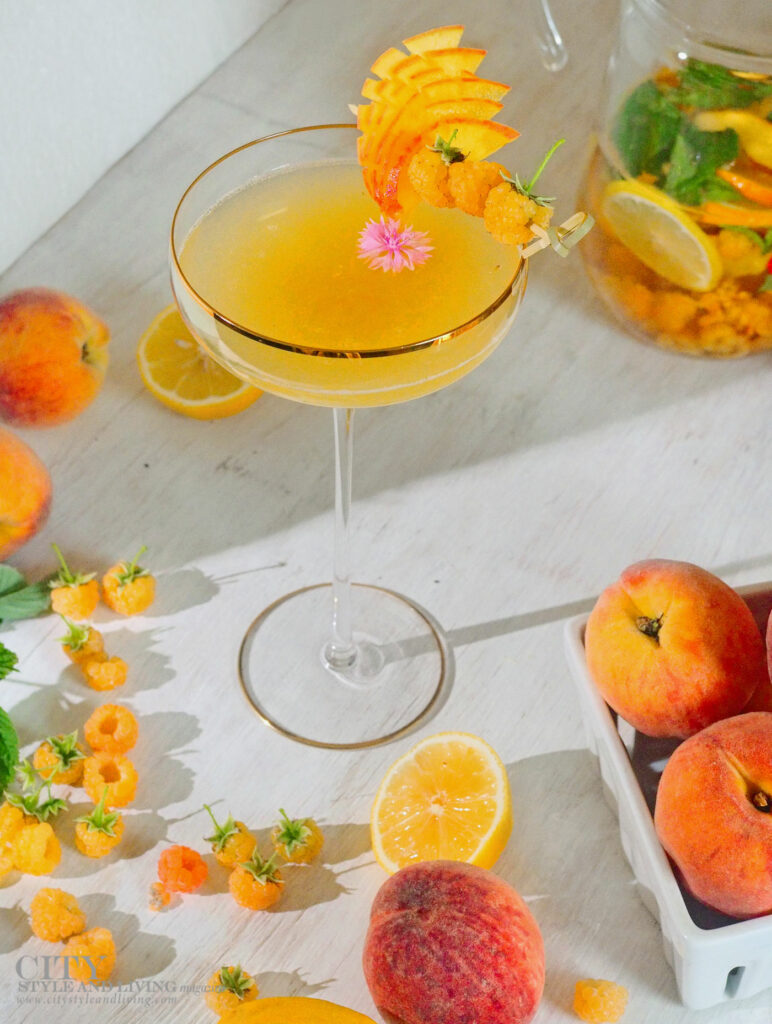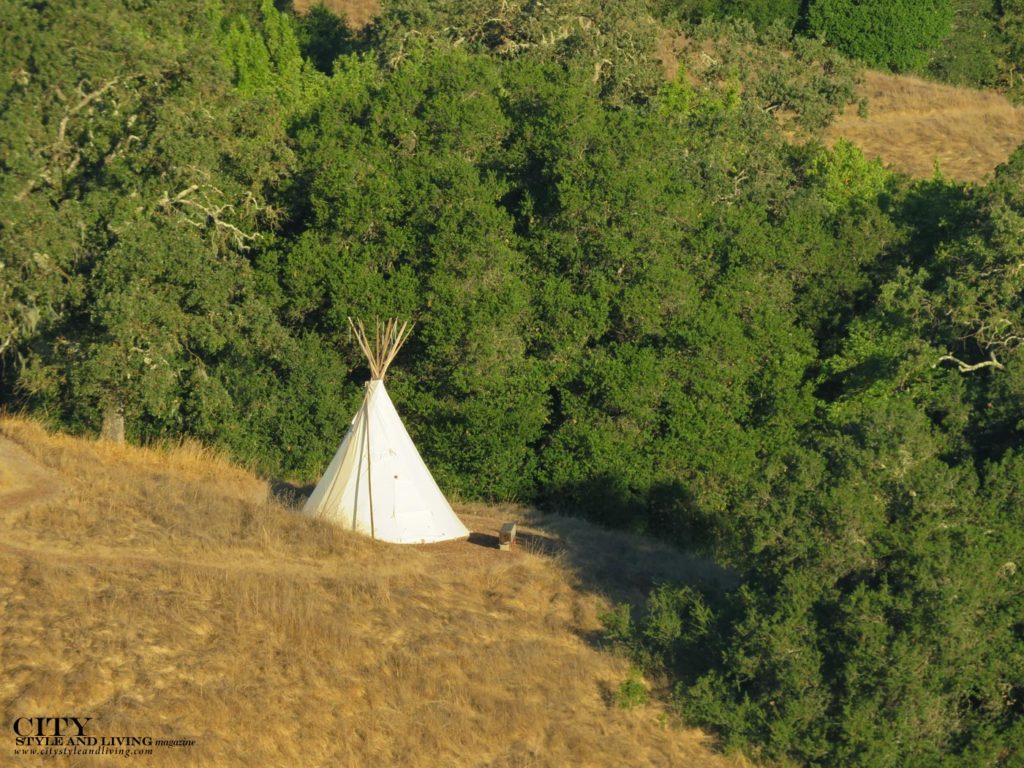
Stellar lagoons, coconut palms swaying in the breeze, this little-known string of 15 islands is a paradise for honeymooners, sun-seekers and solitude-loving travellers. This is the South Pacific conjured in the imagination of novelists and screenwriters. Kailash Maharaj discovers a playground of sun, sand and sea and plenty more beneath the surface.
Distilled effervescence strewn in a purple haze across the night sky engulfs the view from my airplane window. Seldom has the Milky Way looked so close, so defined – as if, through it, I could unravel the secrets of ancient Polynesians who used stars, bird migration patterns and swells to navigate the seas below.
I am sitting in a 12-seater vintage Air Rarotonga plane, the engine roaring, travelling from Aitutaki to Rarotonga. Two of the most visited of the Cook Islands, these volcanic beauties form part of the 15-island chain. Draw a line from Hawaii to New Zealand and near the middle you’ll hit the Cook Islands. Spread out over 2.25 million sq km of the Pacific, all the land mass equals just 240 sq km with a population of a mere 13 000.

Io Tangaroa from the Marquesas first settled here, until two chiefs from Tahiti and Samoa respectively, conquered the island and divided it into 6 tribes, each led by an ariki (chief). By the 19th century, Cook Islanders converted to Christianity and in 1888 all of its chiefs agreed to become a British protectorate. Later it became a protectorate of New Zealand, until 1965 when nationhood was realized.
Admittedly, the South Pacific is a region given to topographical melodrama, occupying a special place in the modern collective unconscious as the stuff of daydreams, even fantasies. The Cook Islands are no different.

A coral reef surrounds Rarotonga, the largest of the islands, protecting its brilliant white sand beaches from breakers, spray spouting gloriously into the air. Circular in shape, the pounding ocean echoes from every corner of this atoll.
Along the coast lie the main settlements, including the capital, Avarua. Sitting on a northern bay, it is refreshingly, little more than a few government buildings, shops, restaurants, and a port. Inland, an old Polynesian coral road, long since paved, crosses farms that give way eventually to the mountains and wild interior.
It is the sort of place so diametrically opposite the sometimes stultifying landscape of a city that within minutes you forget the rest of the world exists. Who needs skyscrapers, anyway? Eyes instead become accustomed to lush jade peaks, one singularly crinkle cut, rising up like a phalanx to challenge the sky.
Everywhere there are coconut trees, and when there are no more it is because the blue lagoon sheltering palm-covered motu (uninhabited islets) comes into view. Exploring its waters by kayak or snorkel reveals kaleidoscopic fish, tons of rori (sea cucumber) camouflaging near blue starfish, while giant purple clamshells protrude from unexpected nooks. The shoreline meanwhile is littered with cowrie shells and expired coral. At dusk, and when the tide is out, sky is reflected in scant water so that for a few hours, heaven and earth are one.
Days are marked not by linear chronology but by the twinkle of island time which elongates and elevates simple moments. ‘Ei haku (tiara made of leaves, herbs and flowers) are worn in tresses even as women peruse grocery aisles, conversations of substance are carried on astride scooters, the graves of ancestors are proudly displayed in front yards and kia orana, meaning may you live long, is the oft repeated greeting that welcomes you everywhere. It is a place to slow down, to reacclimatize to forgotten rhythms.
Tourists inevitably begin to follow island time sitting in contemplation before Tuoro (Black Rock), reluctantly accommodating the crows of roosters at all hours of the day and night, taking the local bus in one of two routes, clockwise or anti-clockwise, and befriending the ubiquitous dogs that need no introduction to follow you around as if you were their owner.
Rarotonga is small enough that in the span of days, faces become recognizable (“oh yes that is the student in the newspaper this morning,” “that is the waiter from last evening”), and because of the code of friendliness, they will hail out to you. Despite its size, it is also a place where having a beach to yourself is practically assured, even in peak season.
Central to life is the church. One Sunday, Titikaveka’s Cook Island Christian church is hosting a gathering of ministers and dignitaries from all over the Cook Islands, Australia and New Zealand. This inaugural ceremony kicks off a week of celebrations at churches around the island.

Police have placed traffic cones to block off sections of the main road and there are people scattered around the perimeter – Brownies and Girl Guides, kids who play in the marching band, their instruments dwarfing them, and women wearing rito hats studded with a black pearl. Others sit on gravestones in the shade while still more perch on coral walls. Everyone is wearing white.
Peeking inside through stained glass windows, a rousing hymn sung in Cook Island maori bellowed by tenors and sopranos fills the air. The words in English and maori are projected on the walls. As if on cue, an older lady leaves her pew to scold a petulant toddler whose curiosity had led him outside.
Across the street, those preparing food are busily arranging tables. Cornelia comes up to me while I dig in my bag, “what are you look for?” she inquires. We spend a few minutes playing hand clapping games that I recall from my childhood before she disappears. Free, happy, unafraid or unaware of the thwarts of life, her spirit is the essence of the islands.
When the service ends, and grace said, visitors and locals alike are called to feast. Again and again, I am urged to eat, and if I am spotted, even for a moment without a plate in hand, Mamas and Papas inquire with concern. The day is imprinted upon my heart in all its delicious sunshine.
It is the way it ever was in the Cook Islands. In ancient times people lived communally. Apparently, there never was a word for thank you because everything was shared (maietake, is a modern linguistic adaptation). Even today a significant part of the economy is based on remittances from those who left “for healthcare, jobs and education,” as a taxi driver tells me.

All Cook Islanders have New Zealand passports conferring an ease of mobility. The free association with that country ensures that certain standards, like a regular supply of medicine for the hospital, are met. Many retain homes and property on the islands while escaping the high cost of living with better paying stints abroad, primarily in New Zealand or Australia. During the 50s and 60s, an accelerated migration took place, and depopulation has led to foreigners (mainly Fijians, and Filipinos) brought in to help work.
Everyone knows everyone and this is reinforced by extended familial relationships and tribal ties. It becomes a delicate act of diplomacy to navigate relations and long memories. “People knew my father and so they judge me that way,” laments one returning islander.
Cook Islanders mostly, though, take life in stride, with a relaxed nonchalance. No horns blown, or cross words exchanged when I find myself on the wrong side of a one-way road. At Avana harbour instant friendships are made with locals and their children out fishing for the day. The whole island feels like Hawaii must have decades ago, and the inescapable but persistent thought is that I’d come back here in a heartbeat.
Punanga Nui Market is a Saturday morning tradition. A constellation of vendors sell everything from nu (green coconut), quilts and pareu (sarongs), to black pearls from Manihiki, poke (bananas and arrowroot in coconut), prepared food, and smoothies. Near midday a dance performance takes place on the main stage and includes tots in grass skirts made from wild hibiscus bleached in the ocean and cute coconut bra tops.
The MC inserts a joke about Auckland being the sixteenth island in the nation – it is a playful wink to ancient history. Cook Islanders are keen to remind the Maori of New Zealand of their origin. “We stopped off here. They moved on,” says a retired teacher of the relationship, “but they came from here.” Indeed, it was from the teal waters of Avana harbour that 7 canoes left for antipodean shores and where the first settlers from the Pacific arrived.
Returning to the island is as much a ritual as leaving it, even a generation or two later. For many, this means setting up a local business. On a quiet road near the popular resort-village of Muri is Matutu Brewing Company. Owners James Puati, his wife Debi Futter, and their partners Eric and Nadine Newnham have ancestral ties to the island and built the brewery on family land.
Leveraging the experience of Futter’s relative in Wellington, New Zealand who owns a brewery, they established a plant here to capitalize on the craft beer craze locally. Eleven years later, Matutu produces fresh beer each day including their 2 flagships, Mai Lager and Kiva Pale Ale, as well as specialty and seasonal beers. All sold on site (and through tours), at liquor stores and restaurants.
“Matutu means physical strength, for us it means resilience, to keep going — because of the cost of producing the beer, importing ingredients, and the negative connotation alcohol has here — there was opposition to what we’re doing,” says Puati. To counter this, they adopted beer names that would roll off the tongues of visitors, and consulted designers, painters, and carvers for their label design which sports stylized Polynesian turtle shells, sea birds and legendary fighting brothers. The result is an appealing product line firmly rooted in Cook Islands tradition.
Nearby, Rito Coconut Oil began just as cold pressed coconut oil was becoming popular among tourists (who wanted it as a unique memento of the island), and locals (who wanted it for cooking). Established six years ago, Rito draws on the healing, nourishing and cosmetic properties of coconuts, long recognized by Polynesians.

Owners Robert and Susan Wyllie were born in the same hospital in New Zealand and moved to her father’s native Cook Islands eleven years ago. Within a few minutes of meeting, Robert is rattling off intricate fine dining recipes for each of his culinary oils which include lime, and chili. Steps away, ylang, ylang, habanero and banana grow wild, some of which find their way into the infused oils and cosmetics.
Inspired by memories of Susan’s grandmother making scented oil by drying coconut gratings on corrugated metal and letting the oil run into flowers, Rito offers beautifully packaged bespoke skincare products, tamanu oil (good for taking the itch out of mosquito bites), soap and culinary oils.
Akari (brown, dried coconuts) are husked and grated, then placed on a drying table where approximately forty per cent of the moisture content is removed. “The way it moves, the sound, and years of experience tells you that it is ready,” advises Robert. From there the coconut is cold pressed. Leftover husks are used for firing umu (underground oven), and the leftover disks of dehydrated coconut gratings are fed to animals or used in the company’s cosmetics.
“We had a different name before and we each went in different directions talking to people, researching and when we came back together we both had same name. Rito is sacking material from weaving in Cook Island Maori, it is the sauce or essence of something,” says Robert. “If you had told me 10 years ago I would be waking up at 6 am looking at ingredients for our eye cream I would not have believed it, but I am excited to do it.”
Muri is the only place on the island where anything resembling a crowd gathers. Several evenings a week the Muri night market offers a food-truck atmosphere with patrons lining up to try ice cream, noodles, skewered meat and much more.

On mornings, scrumptious pastries that would not look out of place in New York are set out in immaculate glass cases at LBV (Le Bon Vivant). The local cafe has a hip vibe, clean logo and local status (chef and co-owner, Tim Tierney also consults with a hotel group).
Farther down the road on a decorated turn-off, Maire Nui Botanical Gardens is a labyrinth of palms, flowers, trees and vegetables, its organic cafe draws those looking for casual fare beside stellar tropical vignettes.
For a relaxing massage, I head to Muri Beach Club Hotel before dinner at the resort’s SilverSands Restaurant and Bar. A salad presented in an ice conch shell followed by Maui’s trio from the sea emphasizes the tropical, seaside location.

Circumambulating the island, nearly always at sea level, presents the challenge of finding elevated vantage points to gaze upon all its panoramic beauty. Mostly accessible only by hiking its peaks, or being invited to a local home, Highland Paradise Cultural Centre is a convenient exception. An allée of palms leads to a plateau that looks upon the valley below and in the distance, the ocean. From high, Rarotonga’s contours become stark making you appreciate them more.
An equatorial breeze rustles through fronds, a contrast to the powerful stillness. Highland Paradise is the site of a marae (ancient ceremonial stone terrace), forgotten until it was resurrected by determined descendants of its founding tribe. Today, cultural performances, dances and educational tours take place on its grounds.
At twilight a performer takes the group out near the marae and explains the phases of the coconut, how every part of it is useful, its stages of transformation baffling tourists. When we return indoors for dinner there is a selection of local foods including kuru (breadfruit), rukau (taro leaves cooked in coocnut milk), ika mata (raw fish marinated in coconut and lime) and arrowroot. The dance performance is without pretense or flash, it feels like an authentic expression of the ever enduring cadence of these islands.
Indeed, the central cultural element is the dance (and its accompanying music). “It is all about the legs and knees,” says Vara Hunter, who founded Air Rarotonga, was pursued by Marlon Brando, and is a luminary of Polynesian dance, having toured the world in her youth. “Once you master that you have no problems.”
Hunter is also the inspiration for Te Vara Nui, an educational, cultural, dance, and food extravaganza. Regularly spotted on site, the sprightly septuagenarian delights in meeting people, though her children urge her to slow down.
Created by Hunter’s daughter Moana and son-in-law Fodil Nayer, the main stage is anchored in a pond filled with lotus flowers and trees. Te Vara Nui tells the story of the warrior Tongaiti whose sea exploits led him to the shores of Rarotonga where he was confronted by hostile tribes. In an effort to appease them he sends his daughter to dance for the Chief, who, captivated by her charms, eventually welcomes the family ashore.
More authentic than the exaggerated, fluid and balletic movements of Hawaii, the dance mirrors the staccato of the pātē (drum). How could it not impel hips to sway and arms to glide?
A few days later, driving past a school, the same sound reverberates – ra-tap-tap-tap, ra-tap-tap-tap – the children are practicing. It is a sound that homesick Cook Islanders probably hear in their dreams.
The whole point of the Cook Islands is to create an aura of pleasure. If Rarotonga captures the imagination in scenes of relaxed beauty then Aitutaki invades the soul at first glance. Legend has it that the peak of Ra Mareu in Rarotonga was brought to the island — as if the crowning glory could only belong here.

Aitutaki lagoon is dotted by 15 motu, starlets in an azure sea, and from the air it elicits audible gasps from visitors. For Rarotongans, Aitutaki is how life used to be. Many prefer its quietness to the (if you can believe it) hustle bustle, traffic and number of people on Rarotonga.
Decades ago, the Americans and Kiwis built an airport here, and flying boats from TEAL airways traversing the Coral Route used Aitutaki as a stopover. Hollywood stars frequented the island and its name conjured glitz and glamour.
A dinner at Rapae Bay Restaurant at Pacific Resort Aitutaki overlooking the water recaptures those bygone days. Cocktails beneath a beachside thatch hut are followed by a parade of inventive dishes like sumac prawns (a nod to the Middle East), a strong seafood showing with pan seared scallops with maniota mash and classics like crayfish bisque.
Drive Aitutaki’s length and breadth, though, and its rural core becomes evident: farms of taro and fruit, palms drying in front lawns, crab scurrying on unpaved roads near the seashore, Artutanga the site of the first church built in the Cook Islands and secret bays where lone fishermen cast nets into the ocean. Mostly, it is silent expect for a gust of wind, an errant bird or a tractor. One more plane ride means far less visitors.

Conversations are immediately profound like that with a young attendant about the entire order of local food created to cope with natural disasters, hidden underground until the storm passes, or the local hotel manager citing warming oceans as the reason the traditional fishing calendar was no longer correct.
It is overcast when day-trippers and a few resident guests board the double hulled vessel, Titi-ai-Tonga, with the Vaka Cruise. Grey skies turn to showers part way through and the lagoon like a star actress in her sunset years is still gorgeous but obscured.
On the bow a rainbow appears and all the passengers turn their heads. Nearly everyone will see a sun-filled lagoon, but how many a rainbow? A crew of locals entertains — alternating between coconut grating, pareu tying and ukulele playing accompanied by song. A delightful lunch with fish, root vegetables and uto (cleverly called Polynesian marshmallow, it is the sprouted coconut meat) is served as we anchor near One Foot Island (Tapuaetai). After snorkelling and seeing giant trevally and electric blue clams up-close, there is but one wish — that the day should never end.
Things here, like everywhere, though, are in constant flux, and nothing lasts forever. Perhaps because of the recurring threat of a cyclone, or the fact that these islands are the first to experience global climate change, or the coming and going of islanders, or because I meet a series of widows adjusting to a new life thrust upon them, impermanence is more acutely felt here. We are, after all, but stardust.
This original article first appeared in the Fall 2017 issue of City Style and Living Magazine.
Don’t Forget to Follow City Style and Living on Social Channels: Instagram, Twitter, Facebook, Pinterest.
